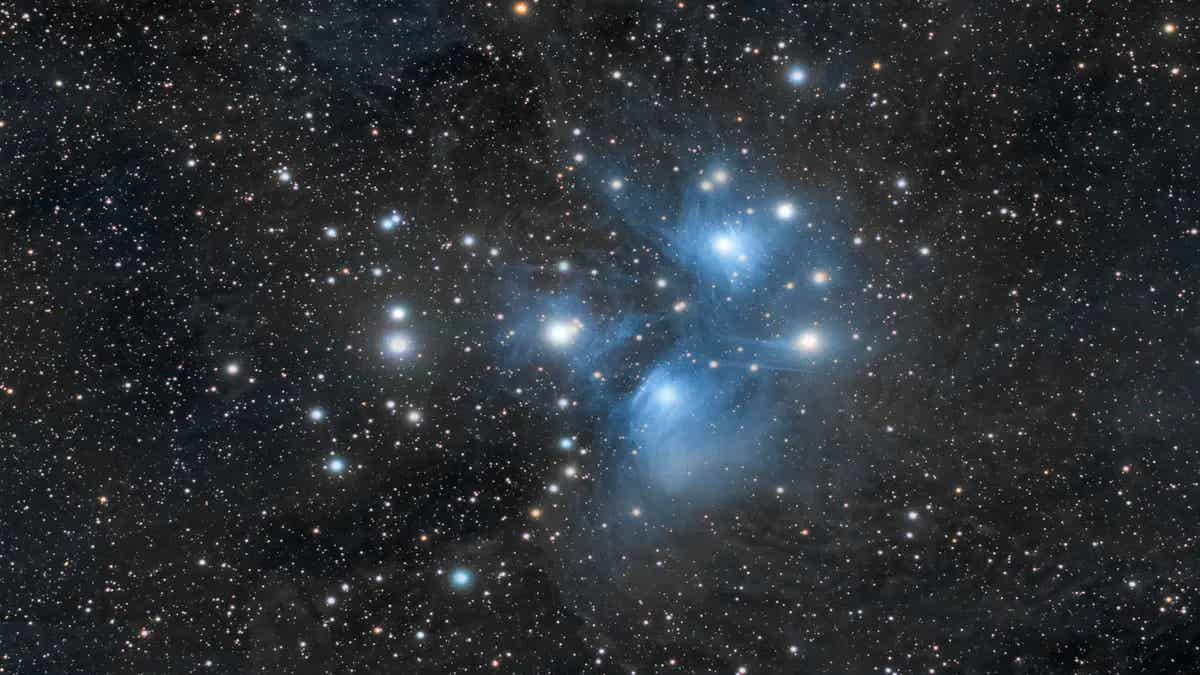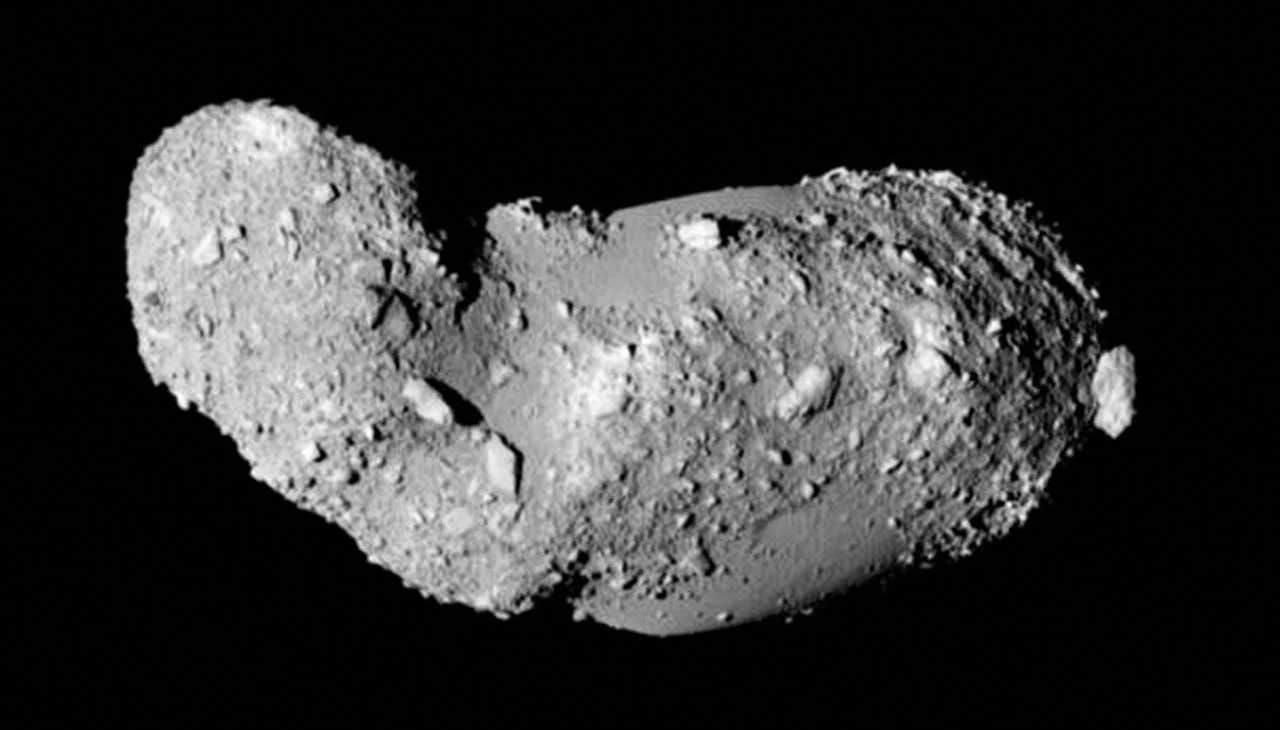Astronomers discover Quipu, the largest known structure in the universe
Quipu, a massive cosmic structure spanning 1.3 billion light-years, is now the largest known formation in the universe, reshaping our understanding of space.

Astronomers have identified Quipu, a vast superstructure stretching 1.3 billion light-years across. (CREDIT: Sergio Perez Villar/iStock)
For decades, scientists have worked to map the universe’s large-scale structure, testing cosmological models and investigating how galaxies form and evolve. Most studies describe these massive formations statistically, but direct mapping provides insight into their distinct structures and interactions.
One of the most exciting developments in this field is constraint reconstructions, which use data to model matter distribution in the local universe.
Large-scale cosmic structures, such as galaxy clusters and superclusters, affect fundamental measurements in astronomy. For example, local variations in mass density can influence the observed value of the Hubble constant, which describes the rate of the universe’s expansion.
These structures also leave imprints on the cosmic microwave background (CMB), the radiation left over from the Big Bang, through the Integrated Sachs-Wolfe effect, which causes subtle fluctuations in the CMB.
Understanding these vast structures is essential to measuring cosmological parameters accurately. Studies have already mapped the universe out to a redshift of approximately 0.03, corresponding to about 400 million light-years.
Surveys like the 2MASS redshift survey and Cosmic Flow velocity compilations have provided extensive data for these regions. But astronomers have now shifted their focus to the unexplored territory between redshifts 0.03 and 0.06, roughly 425 million to 815 million light-years away.
Using galaxy clusters as tracers of the large-scale matter distribution, researchers have created a more complete cosmic map. Galaxy clusters act as amplified markers of the universe’s overall mass distribution.
To analyze them effectively, astronomers use X-ray observations from surveys like CLASSIX, which combines data from the REFLEX cluster survey in the southern sky and the NORAS survey in the north. These datasets, covering 86% of the sky, enable precise mapping of cosmic structures.
Related Stories
Discovery of a Record-Breaking Superstructure
In their latest study, astronomers identified a structure that may be the largest known in the universe: Quipu. Named after the Incan system of knotted cords used for recording data, Quipu stretches 1.3 billion light-years across—more than 13,000 times the length of the Milky Way.
It consists of a long filament with multiple smaller filaments branching off, resembling its namesake. This colossal structure contains an estimated 200 quadrillion times the mass of the Sun, making it one of the most massive cosmic formations ever observed.
Researchers from the Max Planck Institute spotted Quipu while analyzing galaxy clusters in their target redshift range. "Quipu is actually a prominent structure readily noticeable by eye in a sky map of clusters in the target redshift range, without the help of a detection method," the team reported. The study, accepted for publication in Astronomy & Astrophysics, marks a major milestone in cosmic cartography.
Quipu is not alone in its grandeur. The researchers also identified four other massive superstructures, each rivaling some of the largest known formations in the universe. These include the Serpens-Corona Borealis superstructure, the Hercules supercluster, and the Sculptor-Pegasus superstructure, named for the constellations they span. The fifth is the Shapley supercluster, once thought to be the largest known cosmic structure.
Together, these five superstructures contain 45% of the known galaxy clusters, 30% of the observable galaxies, and 25% of the universe’s matter, occupying 13% of its volume.
The Influence of Cosmic Giants
Massive structures like Quipu have profound effects on their cosmic surroundings. Their immense gravitational pull distorts the space around them, bending light in a process called gravitational lensing. This phenomenon can magnify or warp distant galaxies, altering astronomical observations.
These superstructures also impact the cosmic microwave background by subtly shifting its temperature variations. This occurs through the Integrated Sachs-Wolfe effect, where the expansion of the universe slightly modifies the energy of CMB photons as they pass through large-scale structures. These alterations introduce foreground interference, making it harder to extract precise information about the early universe.
Furthermore, Quipu and similar formations influence measurements of the Hubble constant. While the universe is expanding, galaxies also have local motions due to gravitational interactions. These movements, known as peculiar velocities, must be accounted for when measuring cosmic expansion. The enormous gravitational fields of superstructures can alter these motions, leading to discrepancies in Hubble constant calculations.
Such effects underscore the need for precise cosmological models. Current simulations based on the Lambda Cold Dark Matter (ΛCDM) model predict the existence of superstructures like Quipu, reinforcing the validity of this cosmological framework. However, the influence of these structures on observational data means that scientists must refine their techniques to achieve more accurate measurements.
A Fleeting but Powerful Presence
Despite their staggering size, superstructures like Quipu are not permanent fixtures of the cosmos. Over billions of years, as the universe continues to expand, these immense formations will gradually break apart into smaller structures. Individual galaxy clusters will drift away from one another, erasing the large-scale patterns observed today.
"In the future cosmic evolution, these superstructures are bound to break up into several collapsing units," the researchers noted. "They are thus transient configurations. But at present, they are special physical entities with characteristic properties and special cosmic environments deserving special attention."
The discovery of Quipu and its counterparts marks a turning point in our understanding of cosmic architecture. These structures serve as laboratories for studying galaxy evolution, large-scale gravitational interactions, and the effects of dark matter on cosmic formation.
By unraveling the mysteries of these vast formations, astronomers edge closer to comprehending the fundamental forces that shape the universe.
Note: Materials provided above by The Brighter Side of News. Content may be edited for style and length.
Like these kind of feel good stories? Get The Brighter Side of News' newsletter.
Joseph Shavit
Head Science News Writer | Communicating Innovation & Discovery
Based in Los Angeles, Joseph Shavit is an accomplished science journalist, head science news writer and co-founder at The Brighter Side of News, where he translates cutting-edge discoveries into compelling stories for a broad audience. With a strong background spanning science, business, product management, media leadership, and entrepreneurship, Joseph brings a unique perspective to science communication. His expertise allows him to uncover the intersection of technological advancements and market potential, shedding light on how groundbreaking research evolves into transformative products and industries.



